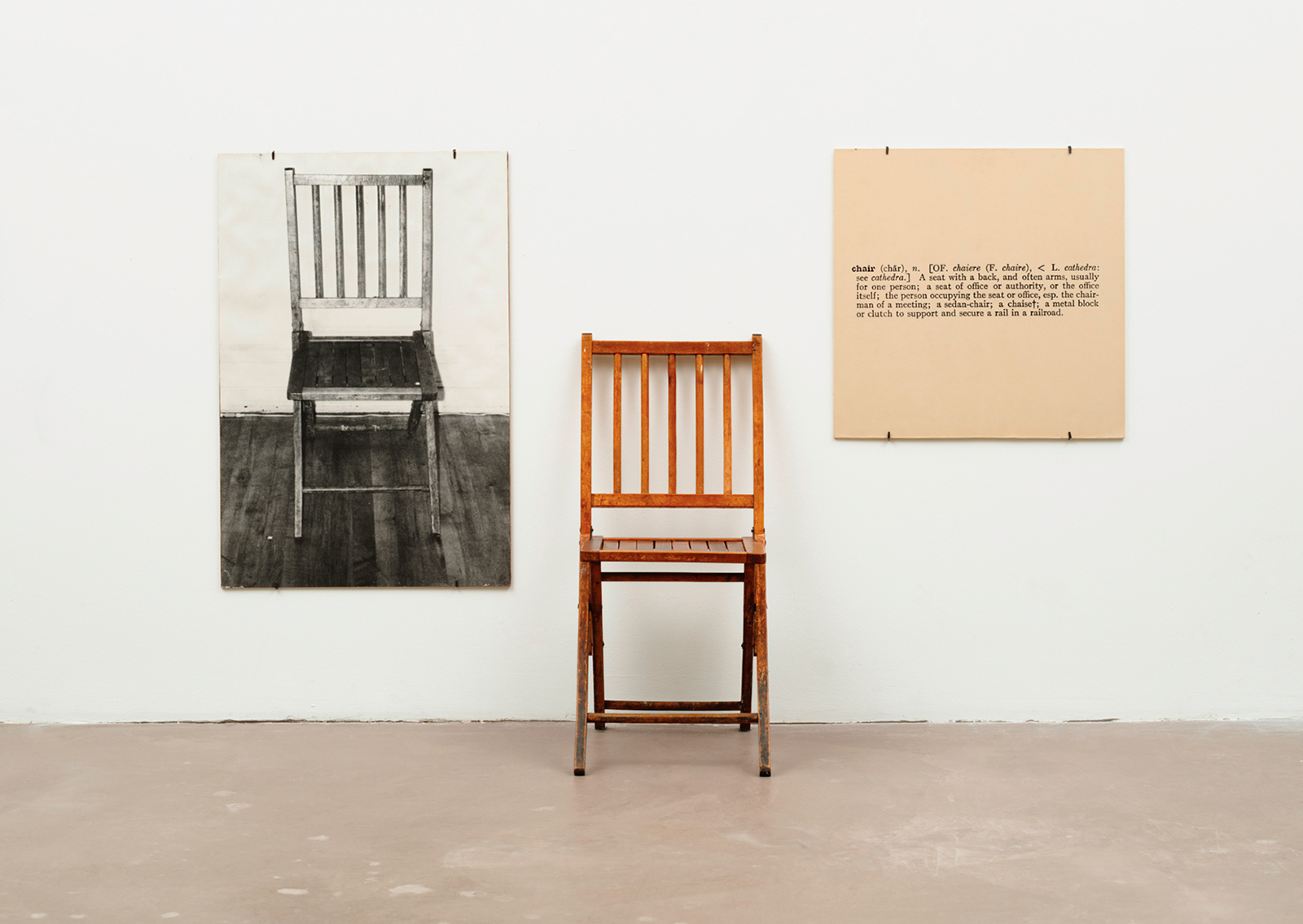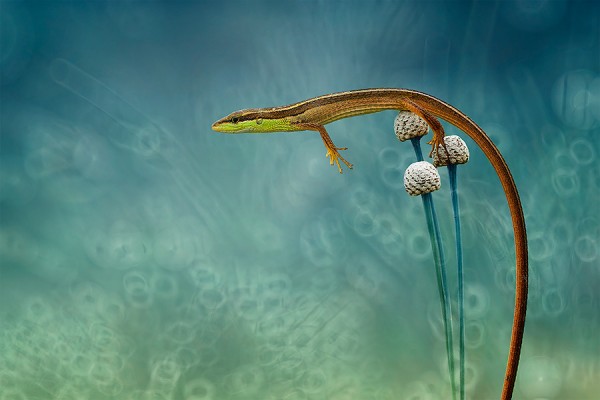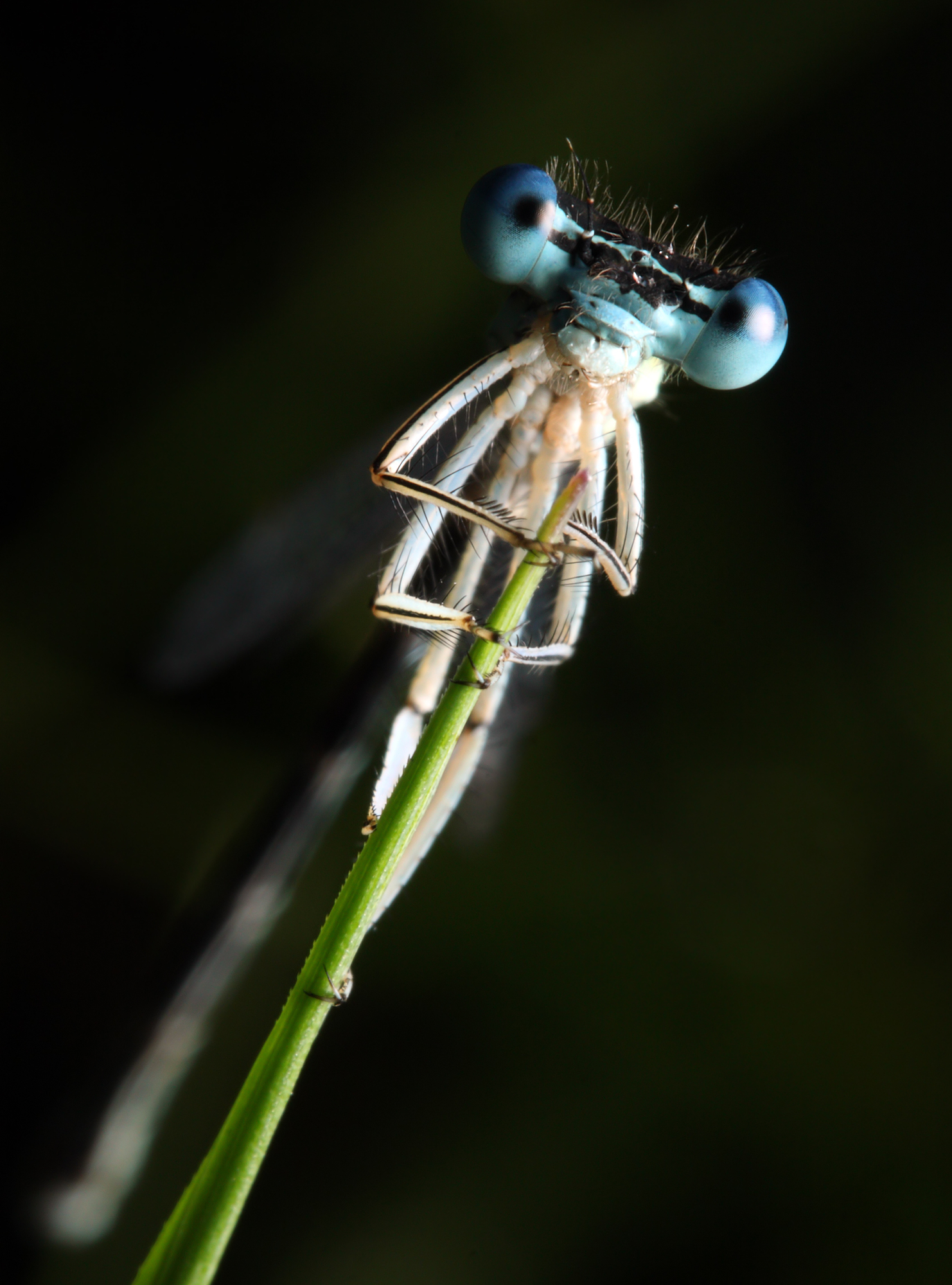HOW TO PHOTOGRAPHY STILL LIFE. SIMPLE METHODS
 You do not need to treat still life photography as a real problem, because you do not understand where to start work. This genre is definitely worth mastering, because it can become a kind of meditation for the photographer.
You do not need to treat still life photography as a real problem, because you do not understand where to start work. This genre is definitely worth mastering, because it can become a kind of meditation for the photographer.
How to photograph a still life. Simple methods
Still life photography helps the photographer hone professional skills at his own pace, while at the same time, it immediately becomes possible to create works that can later be placed in the portfolio. This article will help you get started creating still life photographs: photographer Charlie Moss shares his experience in shooting them.
Lens selection
As with any other genre of photography, it is imperative to have a lens suitable for the subject. Everyone knows that there is no universal lens. But for photographing still lifes, you don’t need a large assortment of lenses.
How to photograph a still life. Simple methods
It is recommended to start with 50 mm. When it comes to still life photography, a lens with a focal length of 50 mm is considered a wide-angle lens. If you shoot only one or two objects, or if your object is simply small, too much of the image will be on the surface on which it is located, or in the background. You will need to come very close to the object in order to get rid of everything superfluous in the frame.
Scale is a very important aspect of still life photography. Some objects may appear wider or taller in the camera viewfinder. And a large amount of the background visible in the picture can simply overshadow the entire object.
Choosing the right props for color and mood
Once you have selected the necessary photo equipment, it’s time to refresh your knowledge of color theory, because when creating still-life images you really need them. Colors provide harmony and contrast in the photo. If you shot something in a blue hue, for example, and used the blue and green backgrounds, you would have a very harmonious and, possibly, calm image.
How to photograph a still life. Simple methods
On the other hand, if you add yellow or orange tones to the scene, this will create a certain tension and lead to a more dynamic overall feeling from the picture.
You can add color to a still life picture in a variety of ways. Background, fabrics, plates, bowls, vases – all these things are part of the scenery in the shooting, which you can start collecting to create a color library of props. Do not forget about natural objects such as flowers and foliage; very often they can truly liven up a picture.
How to photograph a still life. Simple methods
Make sure that the props you use look consistent. For example, if you want a vintage look, keep all the details in a single retro style. Do not use shiny pink gold cutlery next to an antique silver tray. It may look nice, but the visual story is not good.
Think about the fact that most of your props should be neutral – so its elements will combine well and look together in many pictures, that is, it will be possible to extract great benefit from them. Sometimes, if the props are too bright, this can distract the viewer’s eye from the main object. It should be remembered that shiny objects in a still life can be quite problematic. Sometimes photographers have to spend the whole day to take the right shot of a brilliant kitchen appliance, because it reflects the whole situation.
Background selection
The color of your background will often play the role of the most dominant color in the scene, so choose wisely and remember that it will be difficult to change the background when you already place all the props on it. Choose the background according to the feeling you would like to create in your final image.
The role of the backdrop can play everything that visually combines with the scene that you create. It can be a marble countertop, a beautiful old rustic table or an additional piece of fabric. Everything that helps create a mood for the image.
Textures in a still life
Along with all the other elements of still life photography, the texture really creates the right mood. Search both the main streets of the city and art shops. Are you shooting something rustic in country style? Then the beautiful rough fabric will perfectly convey the story in the frame. Or maybe you are photographing a more modern scene that will benefit from the use of glossy plastic backgrounds and smooth shiny props?
The texture also adds interest and depth to the final image. Human life is a riot of various textures, they affect feelings both visually and through touch.
Since you cannot touch the objects in the photo, you need to tell the viewer what they look like. Using textures is the main way to visually convey the feeling of physical touch to the frame.




